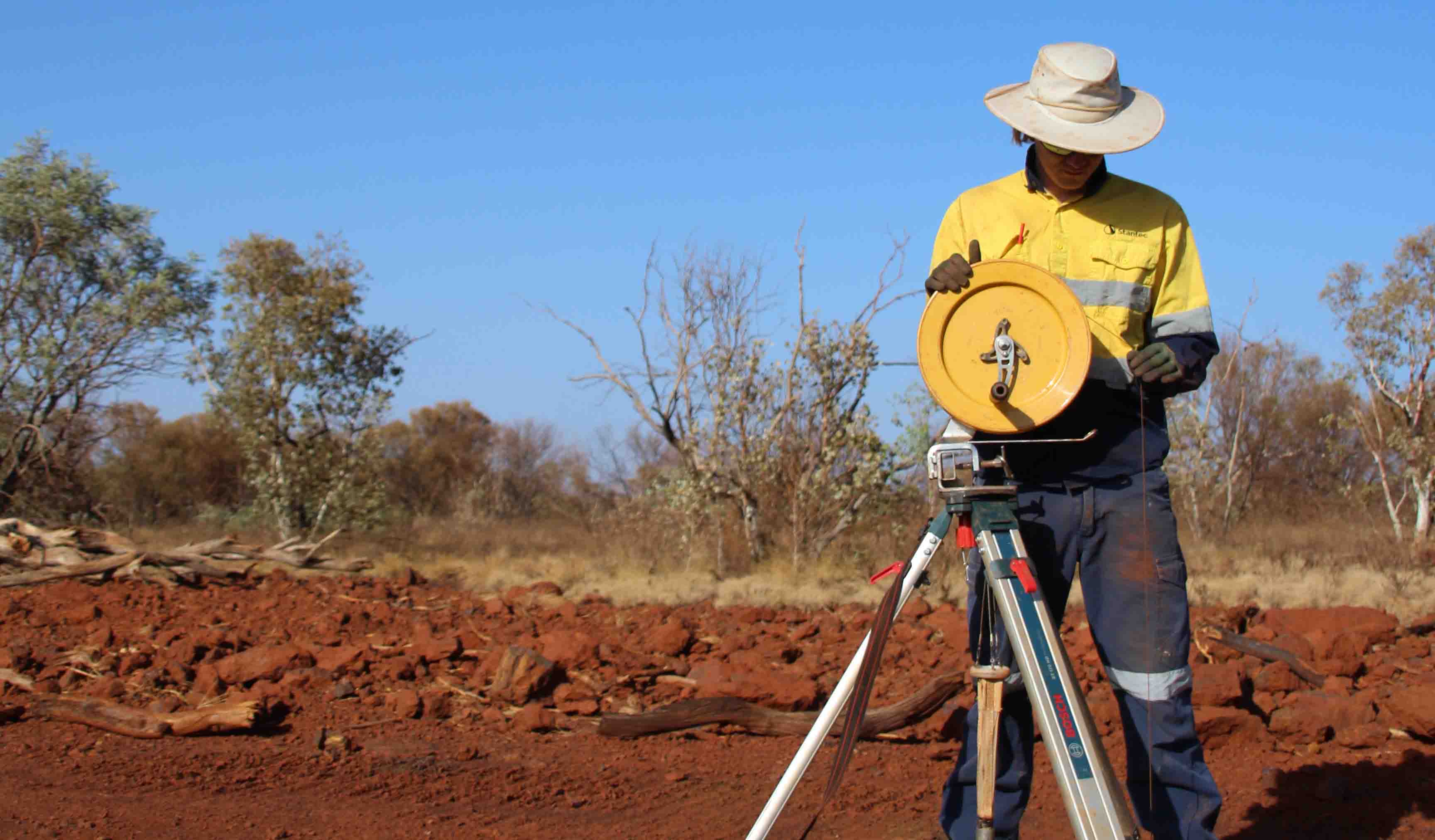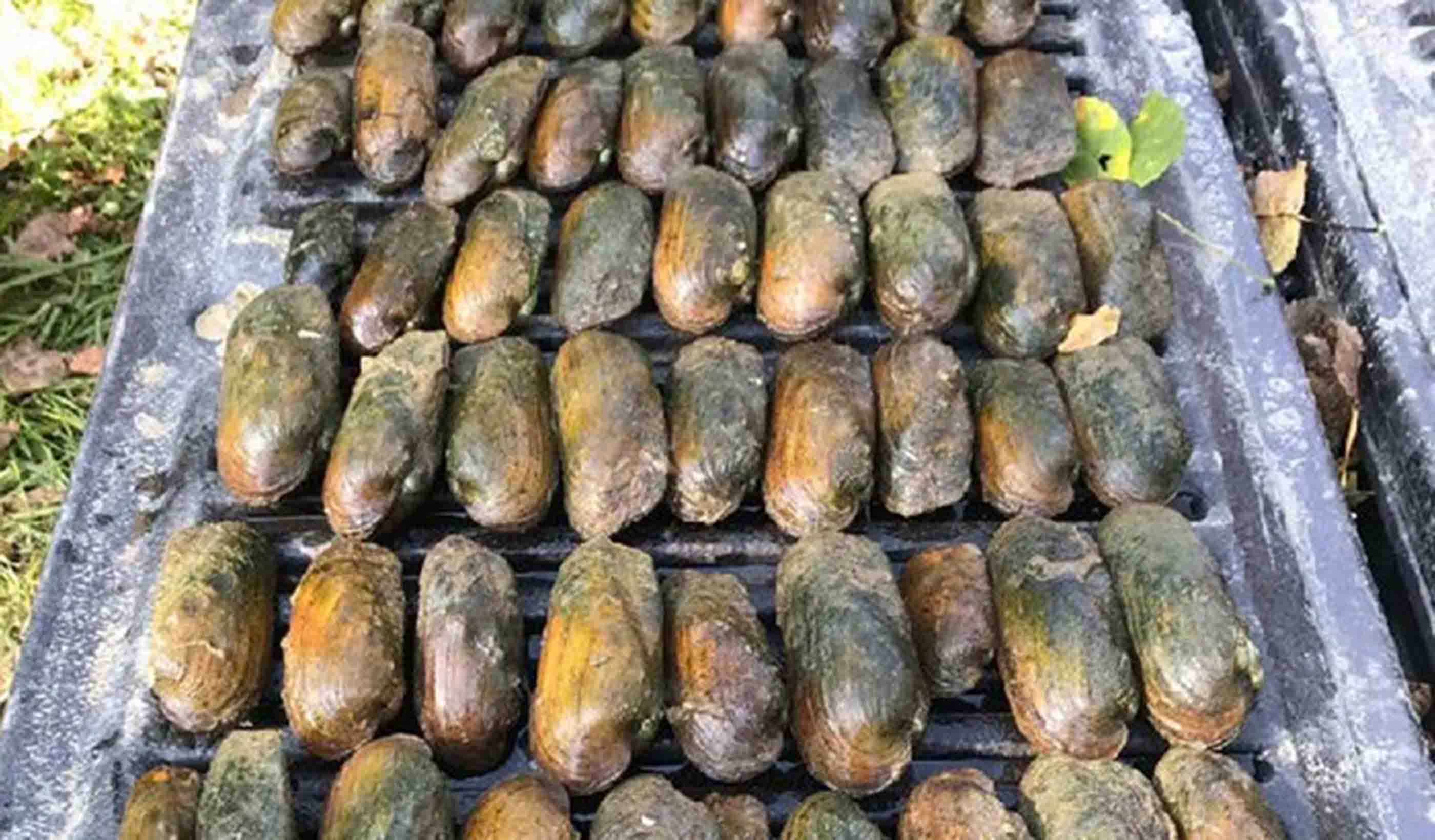- Location
- Kentucky, Ohio
- Offices
-
- Location
- Kentucky, Ohio
- Offices
Share
Using eDNA to Assess Forest Biodiversity
In forested uplands of the Midwest, small ponds and water-filled road ruts appear to be particularly important sources of water and foraging for bats. To help our client further their forest biodiversity assessments, our team investigated detection of bat eDNA from 21 flooded road ruts documented as source drinking water in Kentucky and Ohio upland forests.
Using eDNA methodology, our team developed and implemented an innovative sampling protocol for the detection of bat species within upland forests without reliance on finding guano or the knowledge of roost locations. With laboratory partners, we designed and tested new eDNA assays for the detection of big brown bat (Eptesicus fuscus) and eastern red bat (Lasiurus borealis). Road-ruts within Kentucky detected the presence of big brown bat eDNA in spring and summer months, and road ruts in Kenucky and Ohio each positively detected eastern red bat eDNA.
Through this project, many other amphibians (toads, frogs, and newts), birds (eastern phoebe and wood thrush), and mammals (opossum, deer, racoon, and black bear) were identified throughout the water samples. This demonstrates the potential benefits of biodiversity assessments with eDNA sampling, and how our technique can be implemented as an additional detection tool for threatened and endangered animals within these regions.
- Location
- Kentucky, Ohio
- Offices
-
- Location
- Kentucky, Ohio
- Offices
Share
Nathaniel Marshall, Environmental Scientist
I strive to implement novel environmental DNA approaches to provide science-driven solutions for a wide range of clients and project goals.
We’re better together
-
Become a client
Partner with us today to change how tomorrow looks. You’re exactly what’s needed to help us make it happen in your community.
-
Design your career
Work with passionate people who are experts in their field. Our teams love what they do and are driven by how their work makes an impact on the communities they serve.












